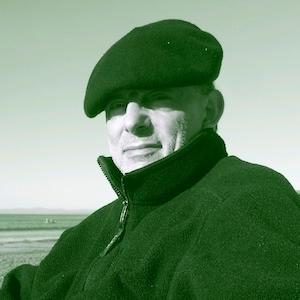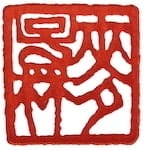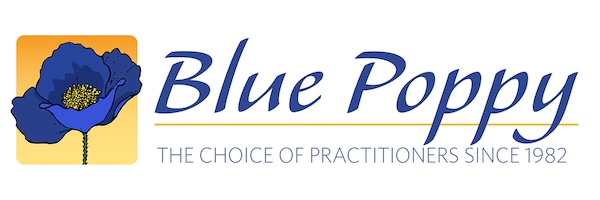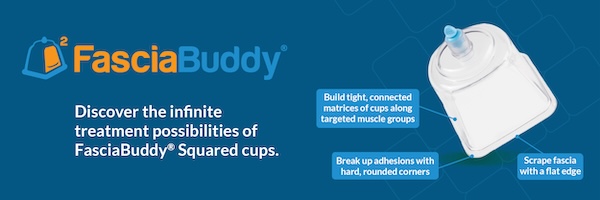Microcurrent offers acupuncturists another way to help their patients.
In This Conversation We Discuss:
- Micro vs Milli current
- Benefits of microcurrent
- Frequency pairs
- Equipment used
- How electro acupuncture works
- Treating plantar fasciitis
- Home treatment options
- Treating Frozen shoulder
- About Qi
- How to get started
- Tinnitus
- Shingles
 I retired in July, 2020, after practicing for 20 years in Albany, NY. I treated the wide range of issues (and their patients) that present to most acupuncturists. I specialized in treating chronic pain, digestion issues and herpes zoster.
I retired in July, 2020, after practicing for 20 years in Albany, NY. I treated the wide range of issues (and their patients) that present to most acupuncturists. I specialized in treating chronic pain, digestion issues and herpes zoster.
Like so many of us, I combined parts of several disciplines and modalities to create a practice that was uniquely my own. (1) Japanese palpation and pulse, to diagnose (in addition to conversations that would, ideally (but not always), clarify the main complaint and reveal things essential to knowing and treating the patient). (2) Japanese ion-pumping-cord EV treatments as a first, balancing step. (3) Dr. Tan’s Balance Method, an imaging system to treat pain.
And (4) for the last 18 years, 80% of the time, the go-to workhorse modality I used was Frequency Specific Microcurrent Therapy.
Every treatment ended with The Explanation and The Expectation: I made sure my patient knew what we had done that day to move us closer to their goals. And I told them what gains to look for: pain that lessens or shifts or becomes more localized. This was to direct their self-observations and to mitigate their unexpressed expectation of complete relief.
I asked my patients to partner with me. and I would often take a few minutes to simplify and trim back complicated exercises that a physical therapist, or similar, had prescribed. My belief was that doing some exercise was better than doing none (which was often the amount they were doing when the first came in). And doing a simple movement correctly was better than doing a more ambitious one incorrectly.














